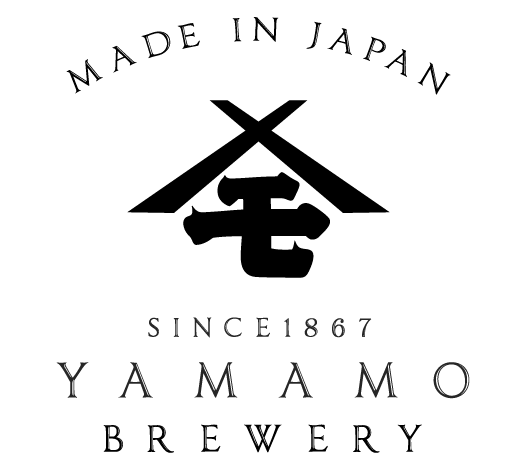ヤマモでは7つある蔵にそれぞれ神棚が設けられていました。時代時代の当主の判断により、神棚やその道具類は移動され、現在の姿に至っています。また、庭園には水神、帳場や仏間では稲荷神が祀られています。帳場の神棚の鈴緒は4代目妻のアキの名が記され、どの時代に誰の手によって手がけられたのかを知ることができます。改築を始めてから、このような手掛かりから調査を進め、神主や学者に意見を求め、神仏を然るべき場所に然るべき内容でしつらえています。
.
About The Arrangement of The Ritual
In Yamamo, each of the seven storehouses had its own Shinto shrine. At the discretion of the head of the family in each period, the altar and its utensils were moved to the present form. The water deity is enshrined in the garden, and the Inari deity is enshrined in the storeroom and Buddhist room. The name of Aki, the wife of the fourth generation, is written on the bell cord of the household shrine altar in the storeroom, giving us an idea of the time period and the handiwork of the owner. Since the beginning of the renovation, we have been conducting research based on these clues, seeking opinions from Shinto priests and scholars, and installing gods and Buddha in their proper places and with their proper content.
.
關於神道儀式的準備
在 Yamamo,七個倉庫中的每一個都有一個神棚。 根據時代所有者的判斷,神棚及其工具已被移至現在的外觀。 此外,園內供奉水神,祭壇和佛壇供奉稻荷神。 櫃檯的神名鈴男上寫著第四代妻子亞希的名字,可以知道是誰在什麼時候做的。 從整修開始,我們就從這樣的線索中摸索,徵求僧侶和學者的意見,把神佛放在合適的地方,準備合適的內容。
.
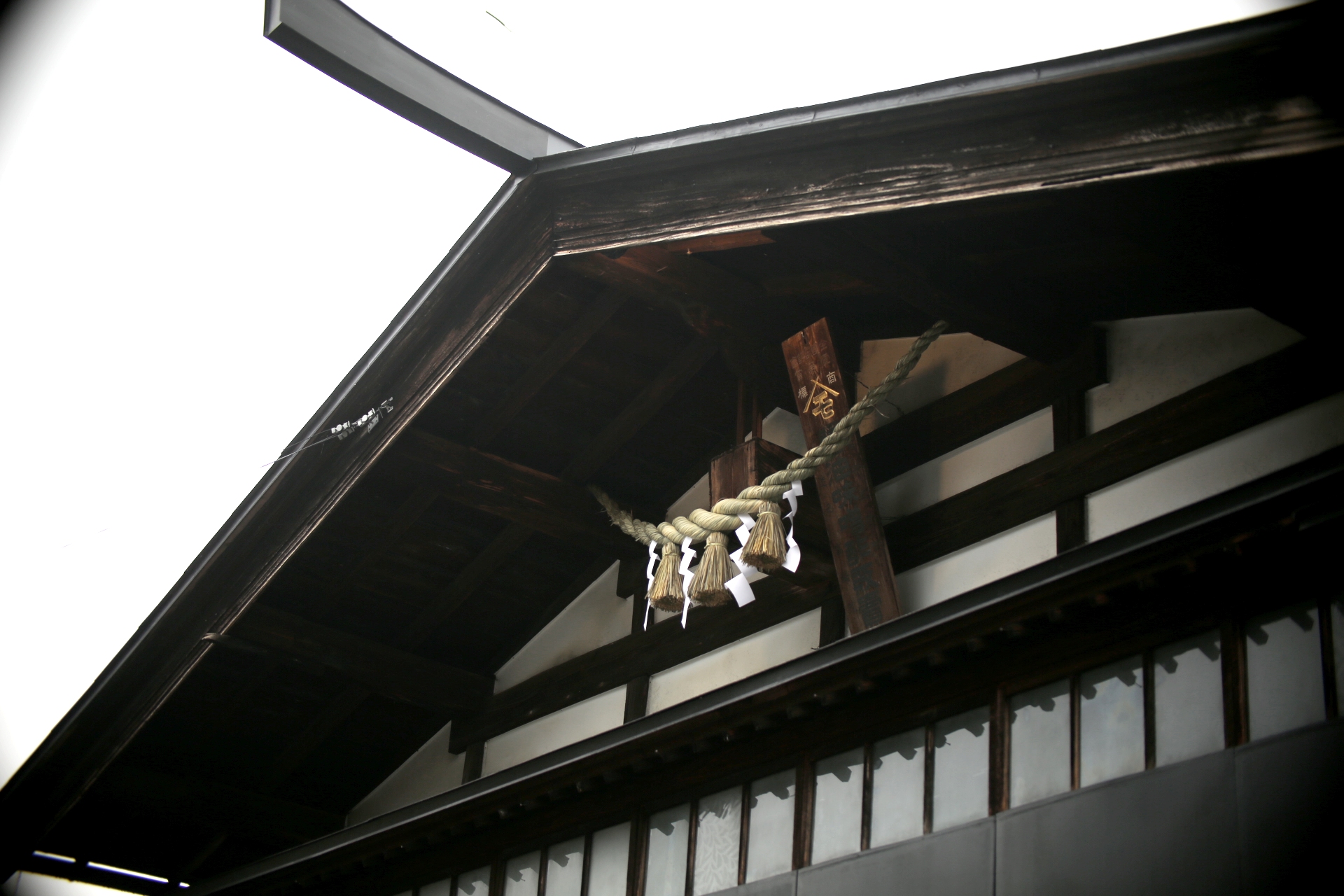
.
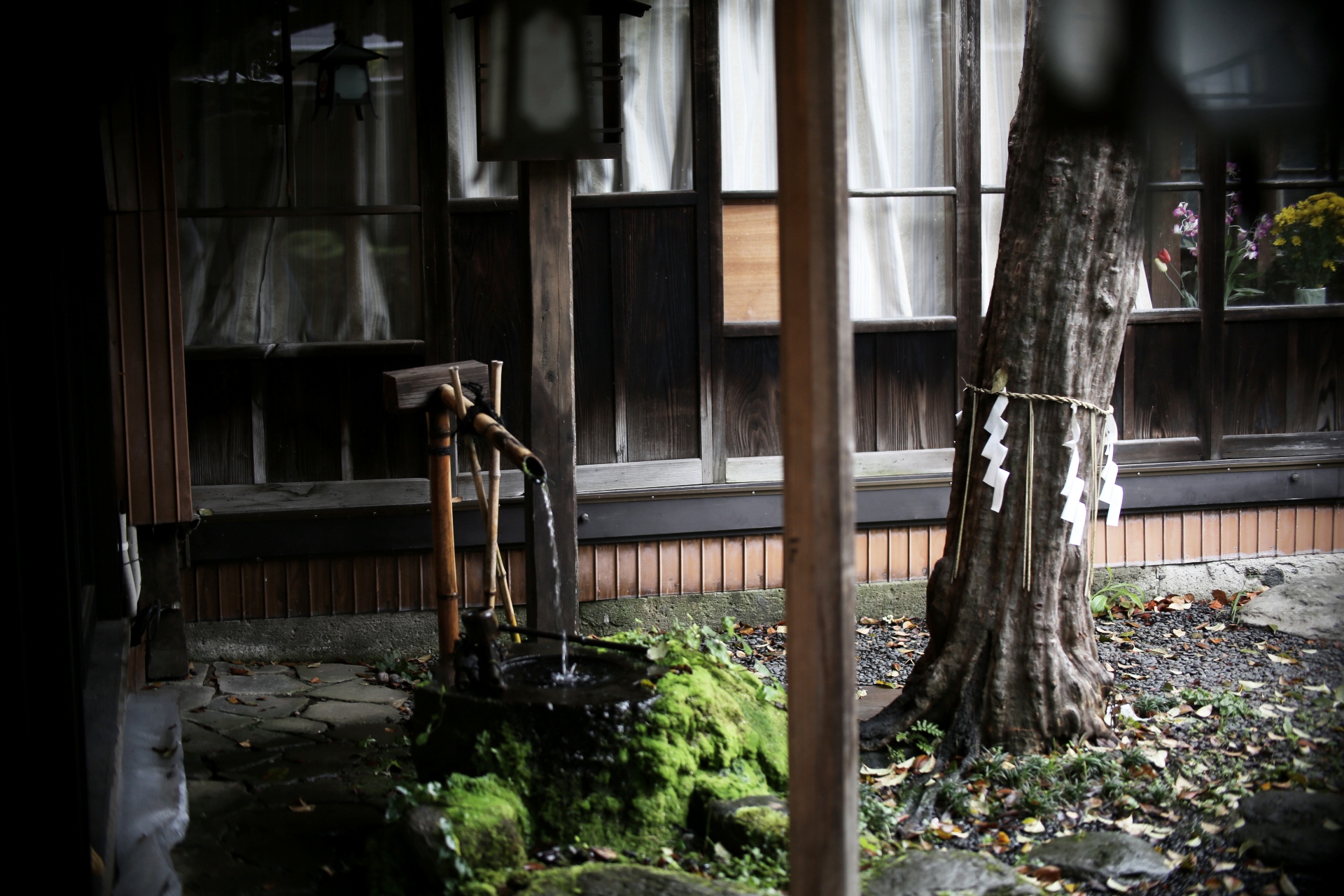
.
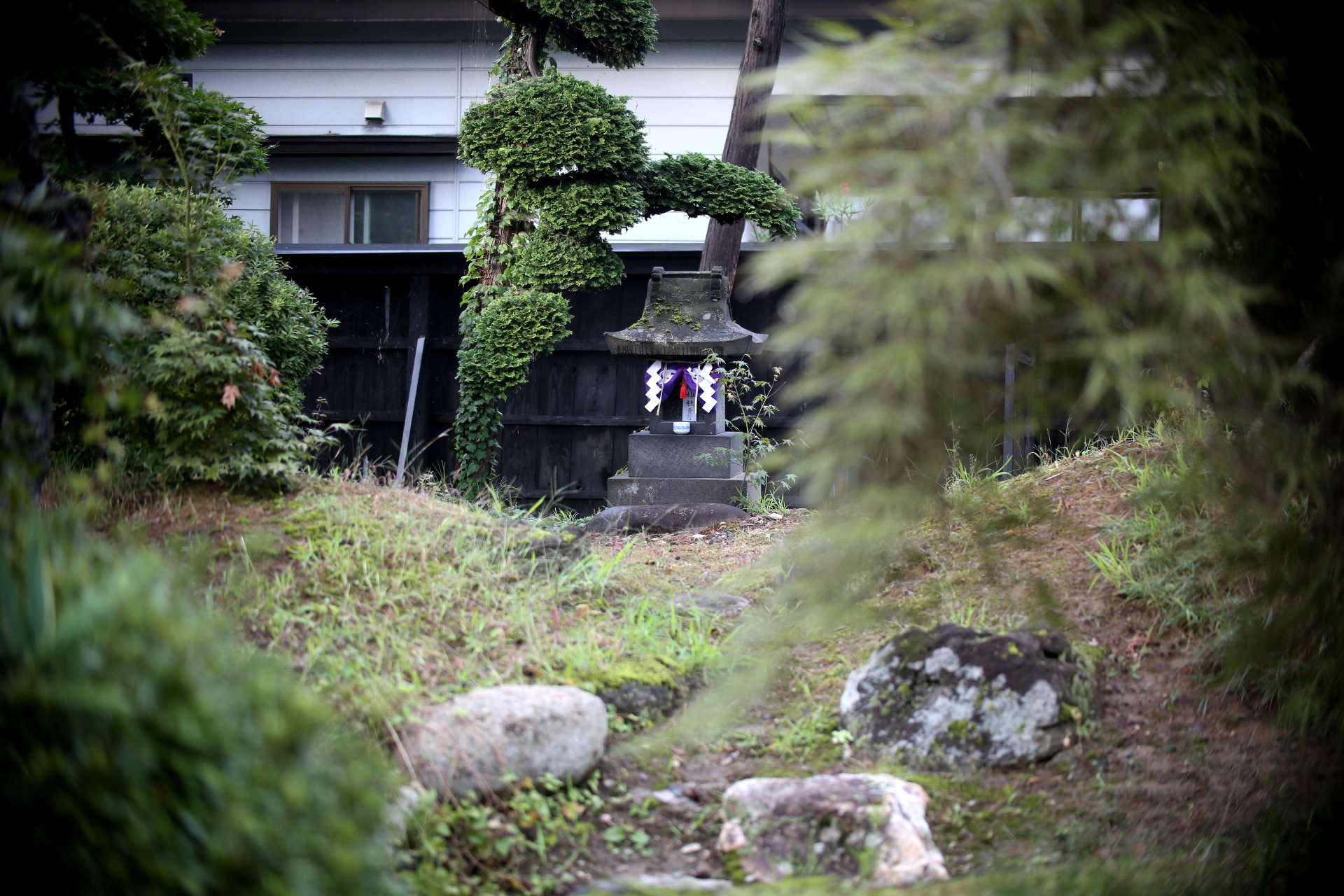
.
複数ある神棚や祠の数からも、蔵元には多くの神が存在していると考えられてきました。これらのことから建造物の全てに神が宿ると捉え、その入り口から結界を意味するしめ縄を備えることを決めました。今年の米の収穫期、合掌の下部に鼓胴型のしめ縄をしつらえました。また、長年の研究から見出したViamver®酵母が発見された蔵の神棚にも、しめ縄や鈴緒を移動させ、一部は新調し、後世にその意味や意思を残せるようにしました。
.
The number of multiple household shrine shelves and shrines has led to the belief that many gods reside in the brewery. Because of this, we believe that the gods dwell in all of our buildings, and we have decided to provide a shimenawa, which means a boundary, from the entrance of the building. During this year’s rice harvest, we placed a drum-shaped shimenawa at the bottom of the gassho. We also moved the shimenawa and bell cord to the shrine shelf in the storehouse where Viamver® yeast, discovered through years of research, was found, and renewed some of them to preserve their meaning and intent for future generations.
.
從神社和神社的數量來看,人們一直認為啤酒廠中有許多神靈。 從這些來看,我認為上帝居住在所有建築物中,並決定裝備一個意味著從入口處設置障礙的shimenawa。 在今年的稻穀收穫季節,合掌底部放置了一個鼓形的石輪。 此外,我們將 Shimenawa 和鈴緒搬到了發現 Viamver® 酵母的倉庫的神棚,我們通過多年的研究發現了這些,並製作了一些新的,以便我們可以將它們的含義和意圖留給後人。
.
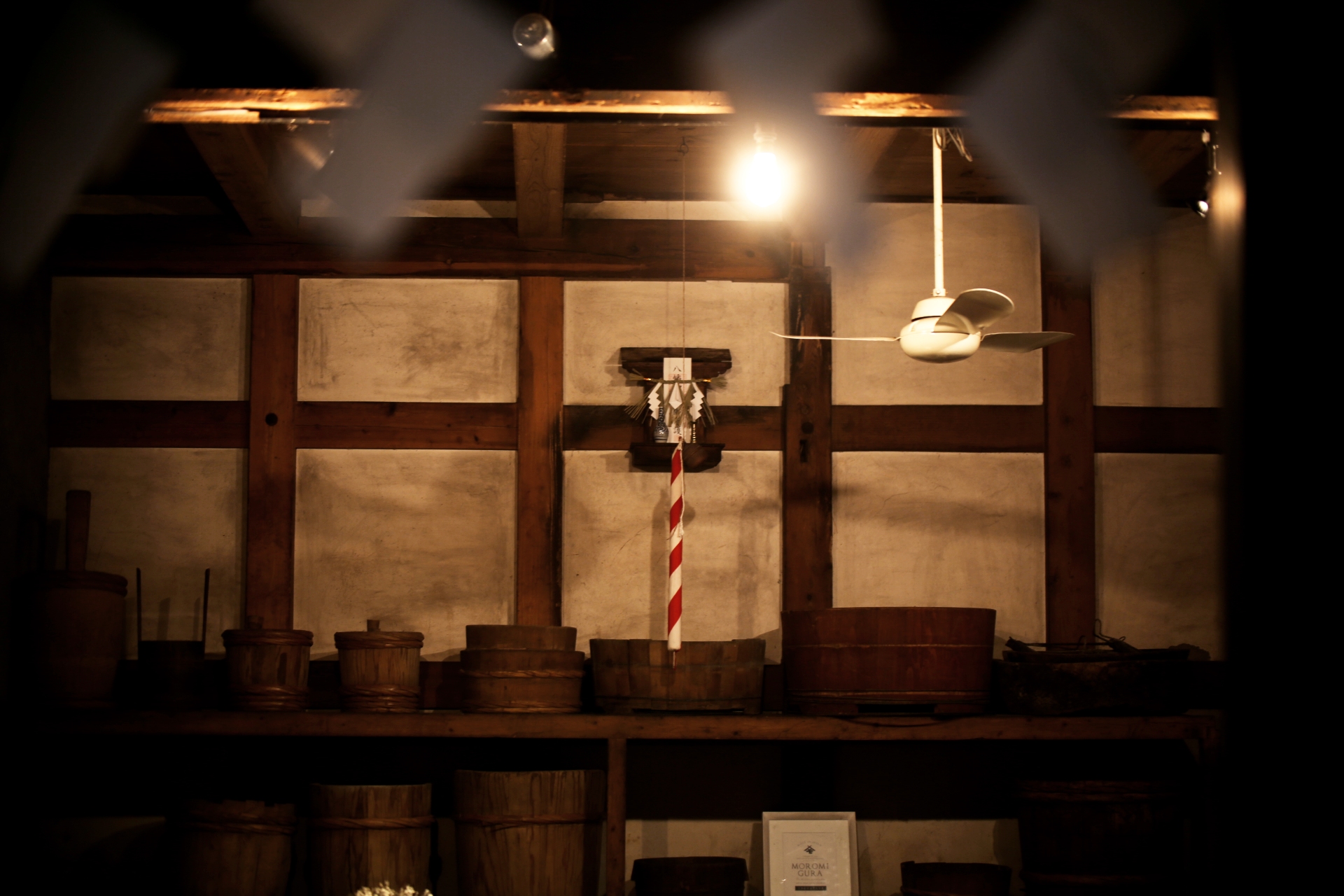
.
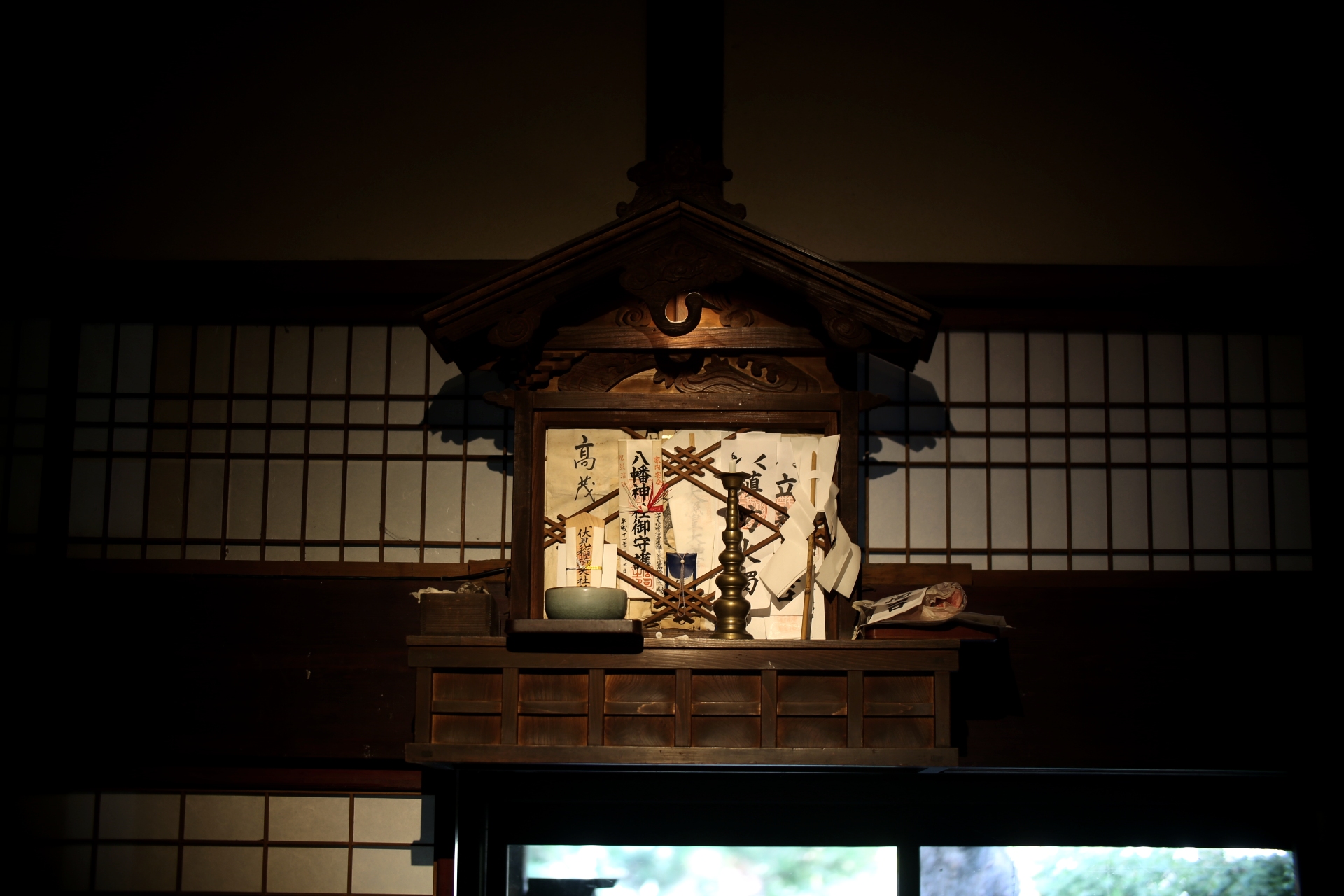
.
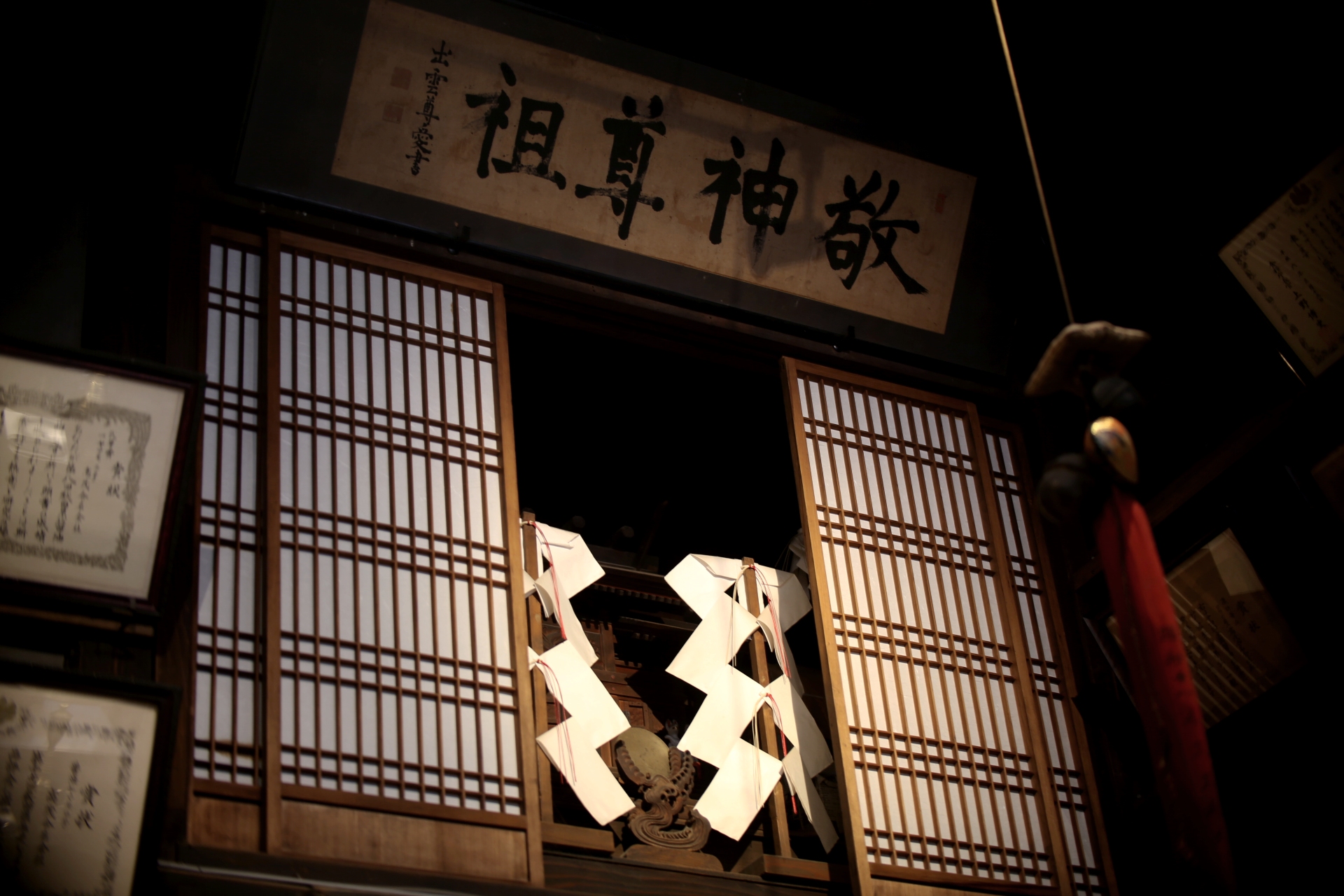
.
西洋も東洋も、古来から酒やワインをはじめ、人々は収穫から目に見えない醸造を行い、神事に用い、信仰に至ってきました。土地の気候や風土、それらを活かした収穫物に感謝の意味を持つアニミズムと醸造蔵の関係性は非常に興味深く、蔵元はそれを生業とし、神事として行ってきた稀な産業です。現代にそれをどのように表現し、美意識や感動を伴い、伝えていくことができるのか。私たちもこのことに慶びを感じながら取り組みを進めていきたいと思います。
協力:湯原・常陸稲荷神社
.
In both the West and the East, since ancient times, people have made invisible brews from harvests, including sake and wine, and used them in rituals and beliefs. The relationship between breweries and animism, which is a way of expressing gratitude for the land’s climate and harvests, is very interesting, and breweries are a rare industry that has made a living out of it and have done so as a ritual. How can we express this in the modern age, and convey it with a sense of beauty and emotion? We will continue to work on this with a sense of joy.
Cooperation: Yuhara and Hitachi Inari Shrine
.
I自古以來,西方和東方的人們,包括清酒和葡萄酒,都從豐收中無形地釀造出來,用於神道儀式,並前來參拜。 萬物有靈論和釀酒之間的關係,具有感謝土地的氣候和氣候以及利用它們的收成的意義,非常有趣,釀酒廠是一種罕見的行業,使其成為有生命力的行業,並擁有一直把它作為一種神道儀式。 我們如何在當今時代表達它,並用美感和情感來傳達它? 我們希望在為此感到高興的同時繼續我們的努力。
合作:湯原・常陸稻荷神社
.
